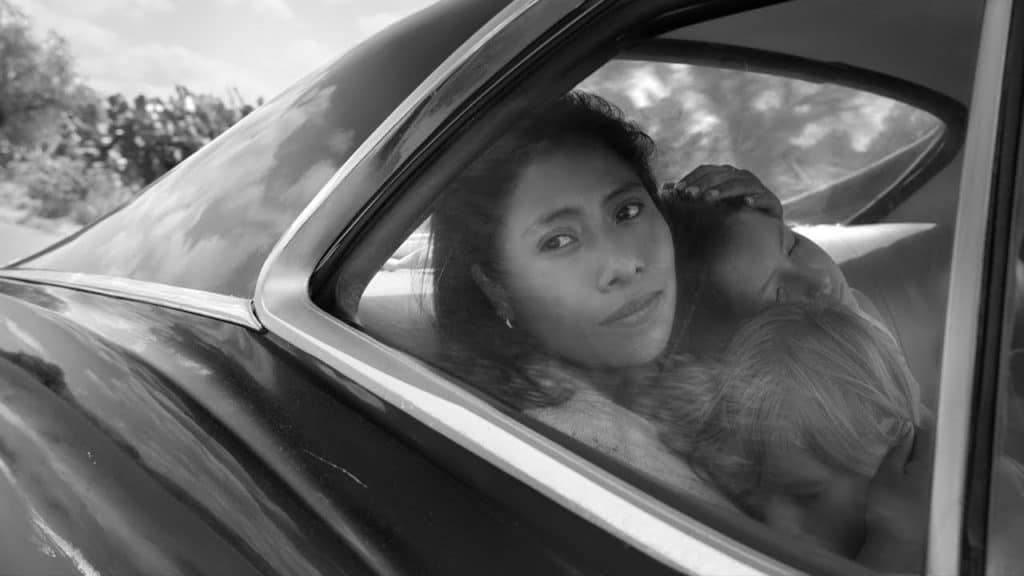
aĮaster, a much earlier development than Christmas, was simply the gradual Christian reinterpretation of Passover in terms of Jesus’ Passion. Jesus is crucified the next morning-still, the 15th. In Matthew, Mark and Luke, however, the Last Supper is held after sundown, on the beginning of the 15th. This would have occurred on the 14th of the Hebrew month of Nisan, just before the Jewish holiday began at sundown (considered the beginning of the 15th day because in the Hebrew calendar, days begin at sundown). According to John, Jesus is crucified just as the Passover lambs are being sacrificed. Each of the Four Gospels provides detailed information about the time of Jesus’ death. This stands in sharp contrast to the very early traditions surrounding Jesus’ last days. 1 As far as we can tell, Christmas was not celebrated at all at this point. 165–264) goes so far as to mock Roman celebrations of birth anniversaries, dismissing them as “pagan” practices-a strong indication that Jesus’ birth was not marked with similar festivities at that place and time. The extrabiblical evidence from the first and second century is equally spare: There is no mention of birth celebrations in the writings of early Christian writers such as Irenaeus (c. Yet most scholars would urge caution about extracting such a precise but incidental detail from a narrative whose focus is theological rather than calendrical. The biblical reference to shepherds tending their flocks at night when they hear the news of Jesus’ birth (Luke 2:8) might suggest the spring lambing season in the cold month of December, on the other hand, sheep might well have been corralled. The Bible offers few clues: Celebrations of Jesus’ Nativity are not mentioned in the Gospels or Acts the date is not given, not even the time of year. Although Jesus’ birth is celebrated every year on December 25, Luke and the other gospel writers offer no hint about the specific time of year he was born. Another post by user jackota gained 65 points in an hour the same day.A blanket of snow covers the little town of Bethlehem, in Pieter Bruegel’s oil painting from 1566. For example, user Dolphin_follower44 gained 100 points in less than an hour with an example posted September 17th, 2018. In September of 2018, a reiteration of the meme using an animated image of Godzilla began spreading on /r/dankmemes. On December 18th, 2015, the phrase was submitted to Urban Dictionary (shown below).

Another using the character Anna from Fire Emblem was posted to Twitter by (shown below, right). For example, a drawing was submitted to DeviantArt on August 21st, 2015 (shown below, left). It's possible that this picture is an edited version of the same image with Sayaka without glasses, though the earliest known version was posted to the Allspark forums on March 13th, 2014 (shown below, right).Īs the image spread, it began being replicated with other characters.

On January 26th, 2014, Tumblr user things-in-sunglasses posted the original image to their page, where it gained over 106,000 notes in four years (shown below, left). The phrase uses "cash money" to mean "cool." The image was turned into an exploitable in which other characters say the phrase, and the phrase itself has been paired with images of other characters, usually wearing sunglasses. That Wasn't Very Cash Money of You is a catchphrase associated with a drawing of the character Sayaka Miki from Puella Magi Madoka Magica wearing sunglasses.
#That wasnt very roma invicta of you generator
Meme Generator Tumblr Urban Dictionary About

Phrase, cash money, exploitable, puella magi madoka magica, that wasnt very cash money of you, sayaka miki, things-in-sunglasses, dolphin_follower44, jackota


 0 kommentar(er)
0 kommentar(er)
